The Biosensors for bioengineering group led by Javier Ramón has developed a sensing platform for the in-situ detection of tissue-secreted pro-inflammatory molecules, the so-called cytokines. This new methodology opens a new door in the understanding of metabolic-disorders such those found in muscular diseases, as well as the development of drug-screening applications.
Although 40% of total body mass is skeletal muscle tissue, there is no specialized clinical doctor for the treatment of muscular diseases, according to the American Medical Association. The research group of Dr. Javier Ramón at IBEC works to fill this gap between muscle disorders and ad hoc therapies.

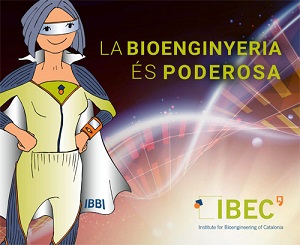
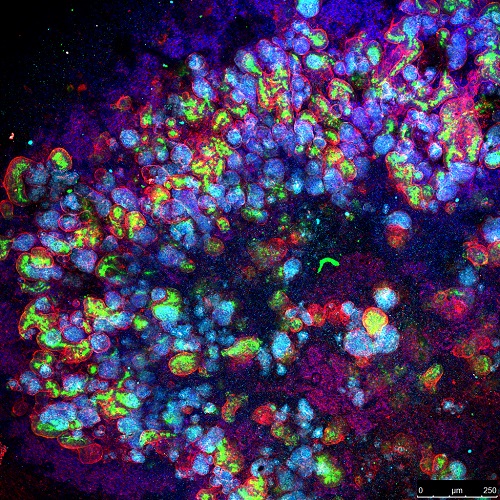
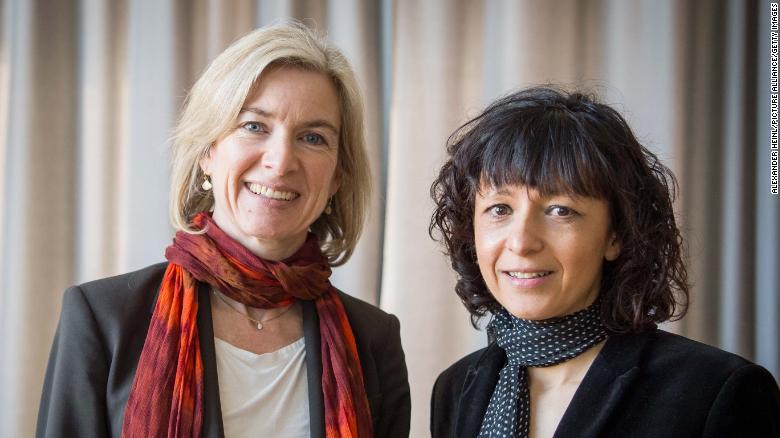
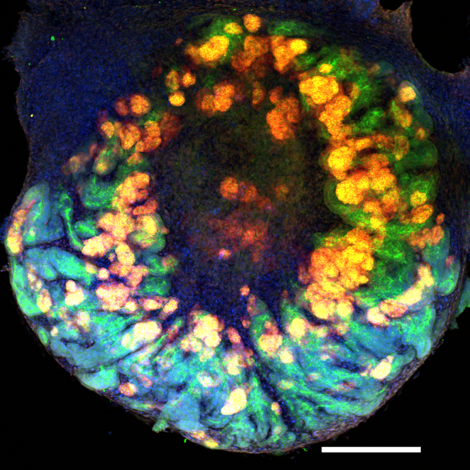
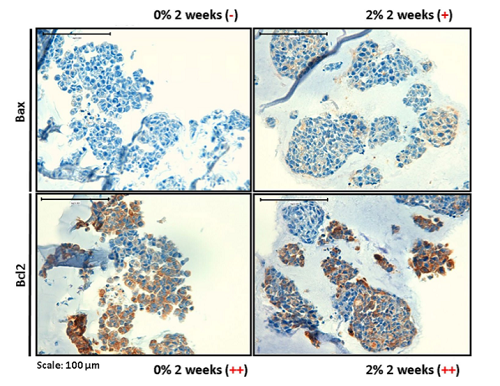
 IBEC contributes to elucidate how the rigidity of the tumor extracellular matrix affects the aggressiveness of neuroblastoma, a cancerous tumor that affects mainly children. This opens the door to generate more accurate models to predict tumor development in patients and to work in the design of new treatments.
IBEC contributes to elucidate how the rigidity of the tumor extracellular matrix affects the aggressiveness of neuroblastoma, a cancerous tumor that affects mainly children. This opens the door to generate more accurate models to predict tumor development in patients and to work in the design of new treatments. 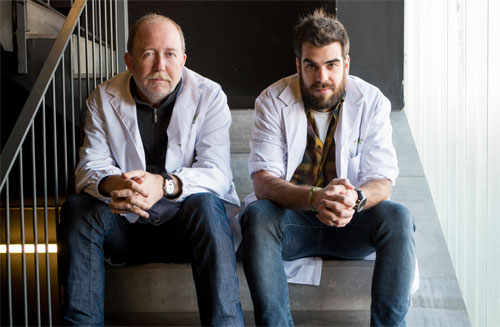
 The Molecular and cellular neurobiotechnology group with the collaboration of the Nanobioengineering group, both of them at IBEC, have applied a new light-stimulated technique to modulate muscular activity and stimulate cell regeneration of the peripheral nervous system.
The Molecular and cellular neurobiotechnology group with the collaboration of the Nanobioengineering group, both of them at IBEC, have applied a new light-stimulated technique to modulate muscular activity and stimulate cell regeneration of the peripheral nervous system.
